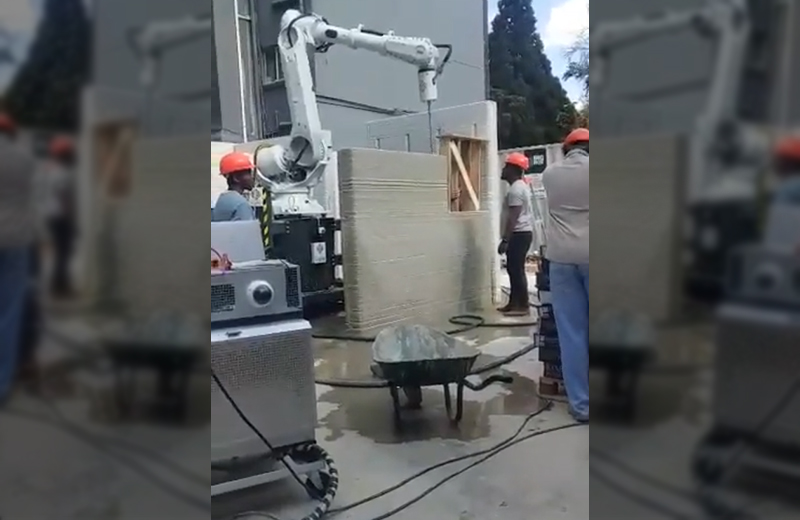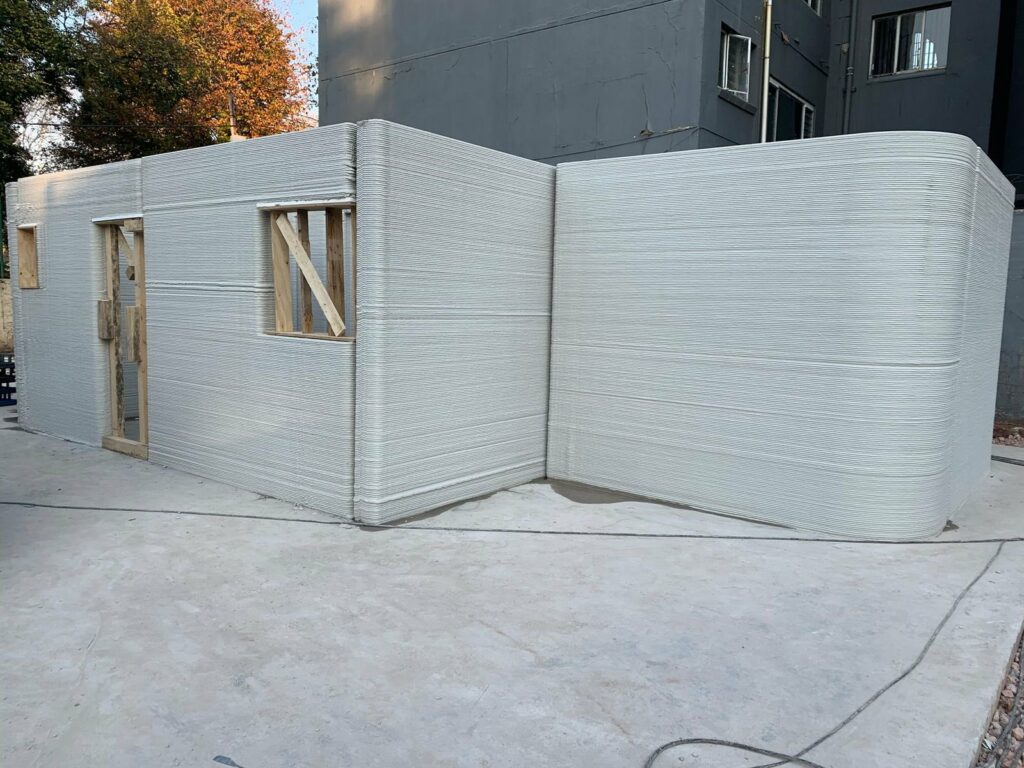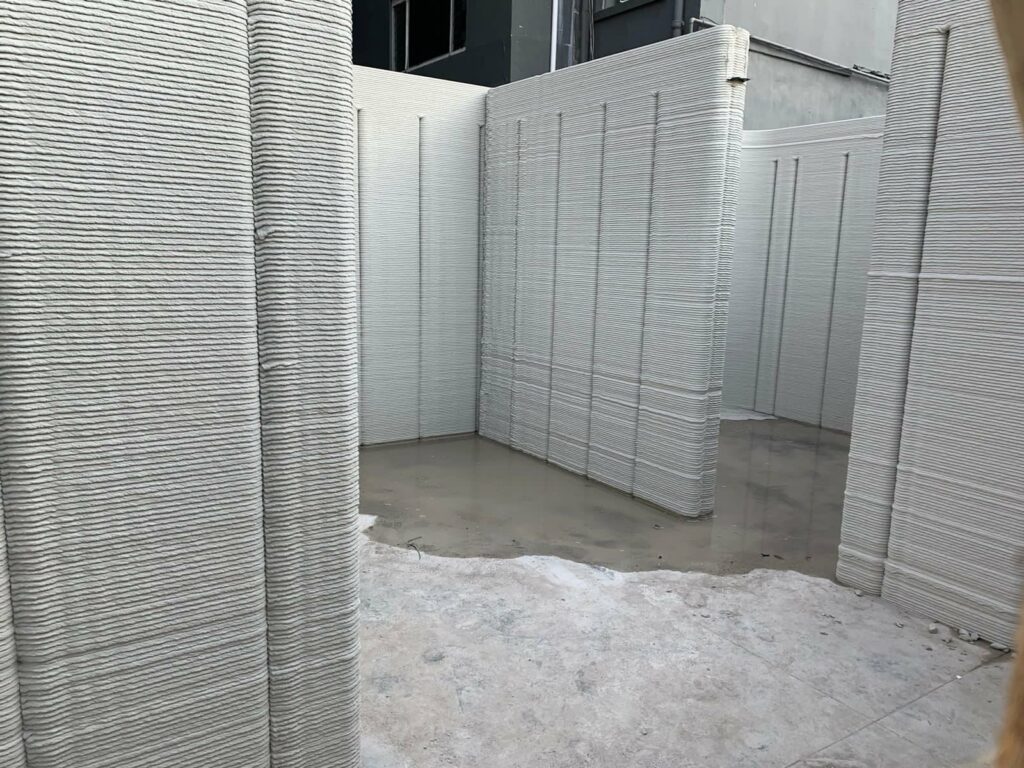
Videos have emerged on social media of researchers from the University of Johannesburg (UJ) using 3D printing technology to show off a new technique in which a six-room home can be constructed in a single day in around 5 hours.
With Africa’s enormous informal housing problem, the technology can be adapted and, if issues around weather and stability are ironed out, can be used to solve the informal housing crisis currently being faced in South Africa if feasible investments can be made.
Watch the process below as an industrial 3D-printing machine constructs simple bricks in very quick succession:
At UJ we are building a six room RDP house in one day using 3D Printing. pic.twitter.com/gbiIm0WjEj
— Tshilidzi Marwala (@txm1971) May 30, 2022
This 3D Printer at the University of Johannesburg is fast. If we invest in this technology..,we can provide our people with decent housing fast and end informality. https://t.co/LnXp9nyHsE pic.twitter.com/ZXoWsFfZCm
— Tshilidzi Marwala (@txm1971) May 30, 2022
Cheaper and Faster than Conventional Construction
The incredible technology produces a real structure and quickly, with only wood used to mark windows and a door. Corrugated iron or any other cheap material could be used to build a roof, with further budgeting taking into account insulation and weather protection.
According to UJ via a cost analysis from a quantity surveyor, the 3D-printed wall plates and block work used to create the structure cost around 32% less than conventional building materials. The remaining funds could be used to build more structures or reinforce existing ones.


3D printed homes are usually made using a mixture of concrete, fibre, sand and other geopolymers, according to an online guide published by Ohio University. Some projects have seen the construction of homes made from using biodegradable materials such as mud, soul, straw and risk husks.
The point is fast, cheap and stable homes.
Could 3D Printed Homes Solve Africa’s Housing Crisis?
The South African government launched its reconstruction and development (RDP) programme after the ANC took power in 1994 in order to address the housing crisis faced by a vast number of people in South Africa who are forced to live in crude, informal settlements due to inequalities perpetuated by the apartheid government pre-1994.
In 2016, official data from the SA government showed that only 3-million RDP homes were built between the 1994/1995 and 2014/2015 financial years. The programme has become a controversial one, marred by years of poor management and corruption with many homes ruined by construction defects.
Currently, the government has a backlog of RDP homes in the region around 2.6-million units, even before the COVID-19 pandemic started, according to Broad Media. The government’s human settlements department concluded that the programme of providing free homes for the poor had become unsustainable and was promoting a “culture of entitlement.”
The government in turn began looking at innovative methods to address the basic human right of shelter for millions of South Africans.
Tshilidzi Marwala, Vice-Chancellor and Principal at UJ believes that 3D printed homes could provide millions of South Africans with “decent housing fast and end informality” if the technology receives enough investment and support from the government, or elsewhere.
The main problem with using this technique is access to the technology as the construction supplies themselves are relatively cheap. Large-scale concrete 3D printing machines can cost from $4000 and above per unit, which could be the main blockage to the technique becoming widespread.
Still, with enough investment and proper management, entire settlements could be 3D-printed, giving thousands decent homes in a very short amount of time.
By Luis Monzon
Follow Luis Monzon on Twitter
Follow IT News Africa on Twitter